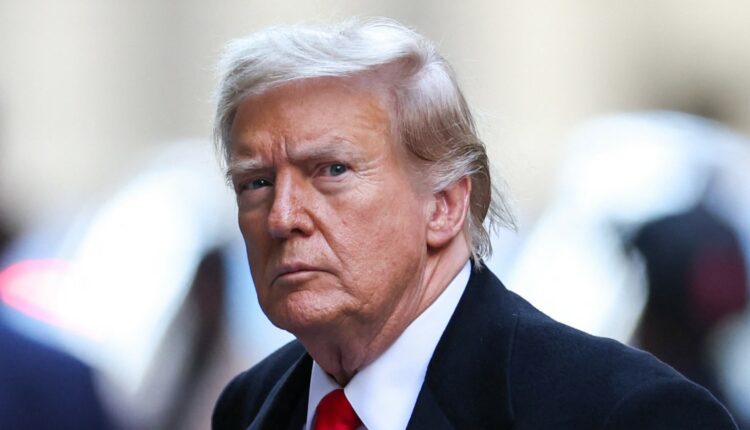Oil prices saw an upward shift yesterday following Donald Trump’s re-election, despite an initial drop of over $2 per barrel due to a report from the U.S. Energy Information Administration (EIA) showing an unexpected rise in U.S. crude stockpiles.
Brent crude futures increased by 38 cents to $75.91 per barrel, while U.S. West Texas Intermediate (WTI) crude rose 57 cents to $72.56. The EIA reported a rise in U.S. crude, gasoline, and distillate inventories last week, with crude stocks climbing by 2.1 million barrels to 427.7 million barrels, surpassing forecasts of a 1.1 million-barrel increase.
Initially, Trump’s re-election led to a significant market reaction, causing a sell-off and a spike in the U.S. dollar, which pressured oil prices downward. John Kilduff of Again Capital commented, “There was an over-reaction to the election results…Trump’s victory could lead the U.S. industry to over-drill, potentially flooding the market.” However, he noted that “cooler heads have prevailed,” pointing out that geopolitical tensions in the Middle East continue to support oil prices.
Analysts are watching Trump’s policies, which could strengthen the dollar, potentially increasing oil prices for international buyers. Independent analyst Tina Teng added that possible tariffs on China, the world’s top oil importer, could lower demand. Giovanni Staunovo from UBS echoed concerns that Trump’s policies might impact global growth, though renewed sanctions on countries like Iran and Venezuela could reduce supply, supporting prices.
Ashley Kelty, an analyst at Panmure Liberum, noted that Trump’s minimal focus on renewable energy might encourage U.S. oil production, which could create challenges for OPEC+. “Trump’s stance on renewables means he’ll push U.S. oil production, complicating OPEC+’s efforts to balance market share with price stability,” she said.
Further affecting the market, the American Petroleum Institute reported an unexpected increase in U.S. crude stockpiles, and oil companies in the Gulf of Mexico began shutting down production as Tropical Storm Rafael approaches, potentially intensifying to a hurricane.
